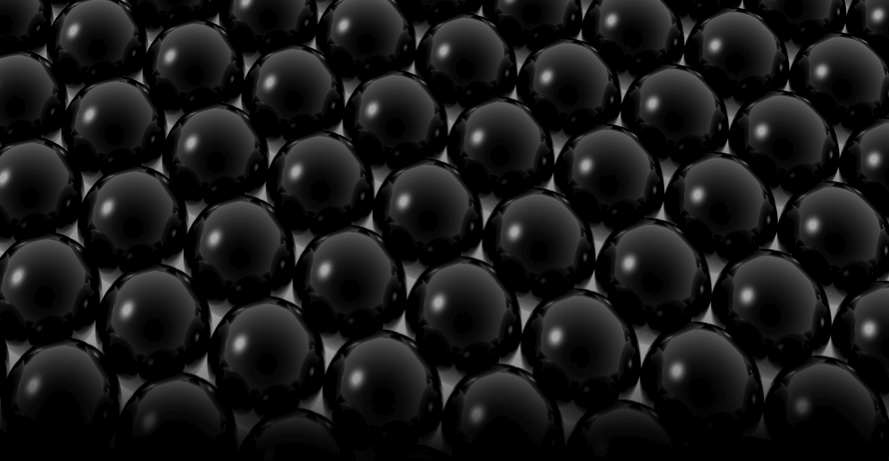Lubrication: nanotechnology
As has been mentioned before in these articles, transmission losses are of great interest to race engineers, especially those in series where power outputs are closely matched. NASCAR is a case in point; at restrictor plate races such as the Daytona 500, a few hp can mean the difference between running at the front or the back of the pack. With engine development increasingly stymied, other avenues of investigation are needed to gain a competitive advantage. Parasitic losses, particularly in the transmission, are one area where potential gains can be made. Previously we have looked at the impact of surface coatings on these losses, but the lubricants used also have a role to play.
For many years, the route to reducing frictional losses using lubricating oils has been to reduce oil viscosity, thus lowering the sliding friction between components. Unfortunately this invariably has the knock-on effect of reducing the film strength of the oil, a less than ideal solution in highly loaded contact areas such as those between gears. Here the weak film strength can lead to a boundary lubrication condition, to the detriment of component reliability as well as friction.
However, a new avenue of developments in engine and transmission oils looks set to reduce power losses, without reducing lubricity. These developments stem from advances in nanotechnology, which refers to the engineering of structures at an atomic level to produce materials that would not be available through traditional chemical engineering means. By re-engineering conventional materials at an atomic scale, their fundamental properties can be altered considerably, and in the realm of lubricants it has been found that compounds engineered at the nano level can prove highly beneficial in reducing friction.
Many oils use additive packages containing elements that can also act as dry lubricants, and new nano-additives can be used in the same way but with improved characteristics. In contrast to the flat plates of conventional solid lubricants that lubricate by sliding, inorganic fullerene-like (a fullerene being a molecule composed entirely of carbon), nanotechnology-based solid lubricants have structures of progressively smaller concentric spheres, sometimes as many as 20 or more, nested within each other like a Russian doll. These act as miniature ball bearings that roll across surfaces, providing lubrication.
This multi-wall structure offers many advantages. As the outer shell wears away during use, it exposes an identical shell underneath. This automatically renewing, self-healing feature maintains lubricity.
In comparison tests with conventional boundary lubricants such as molybdenum disulphide, nanotechnology lubricants are reported to have reduced friction by up to 25% while increasing load capacity by up to 80%.
A typical test to compare the sliding friction performance of different lubricants involves a high-frequency reciprocating rig in which a steel ball is loaded against a reciprocating plate. In one comparison test, the friction coefficient of a standard automotive oil was 0.17, while the average film strength (measured by electrical resistivity) was 84%. A representative race oil showed a friction coefficient of 0.11 and film strength of around 75%. Another showed friction below 0.1 at higher operating temperatures but highly variable film strength, averaging 34%. However, a nano-additive oil of the same viscosity recorded a friction of 0.06 at 75 C while retaining a film strength of 98% – halving the friction without losing any film strength.
Obviously gains of this magnitude, coupled with potential increases in reliability, could be highly beneficial to teams looking to increase performance without expending vast resources on component development.

Fig. 1 - Nanotechnology-based additives take the form of microscopic ball bearings
Written by Lawrence Butcher